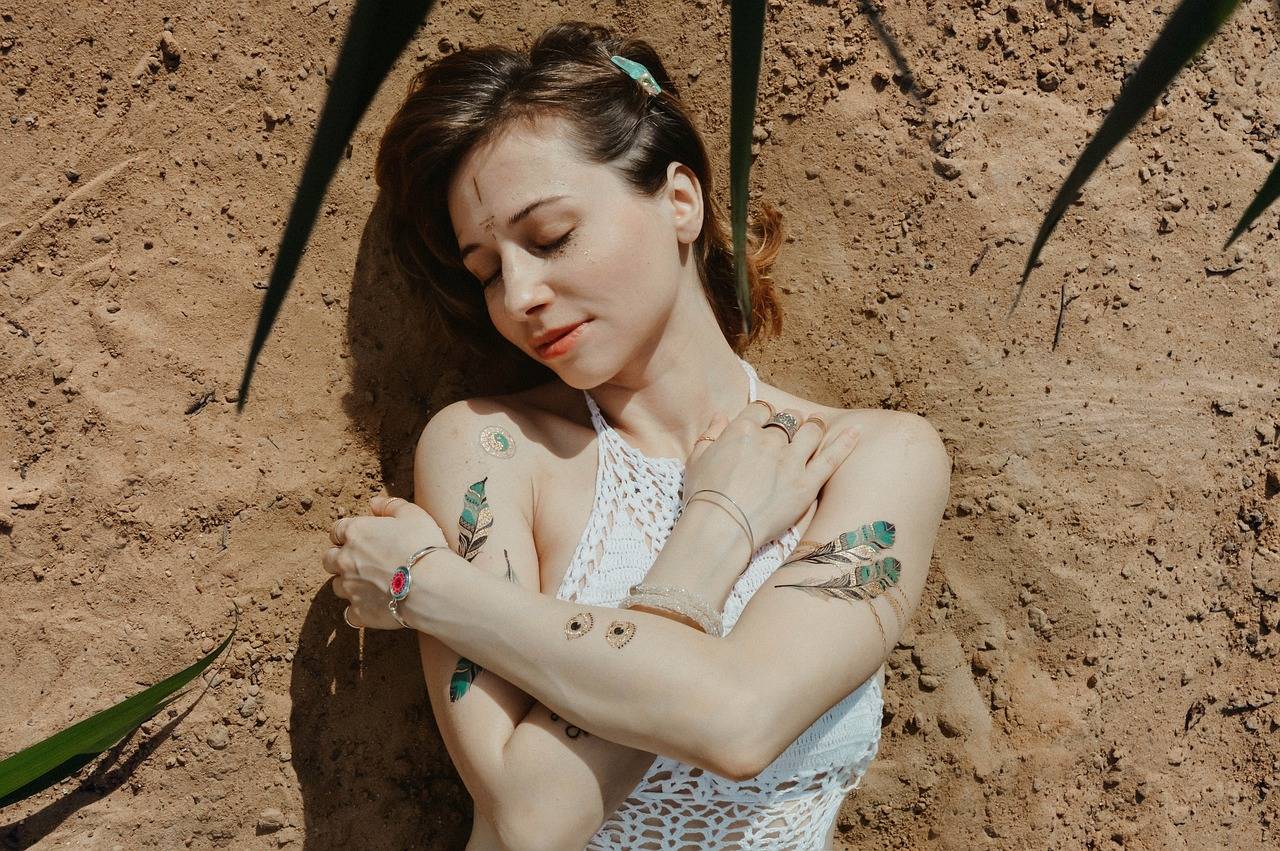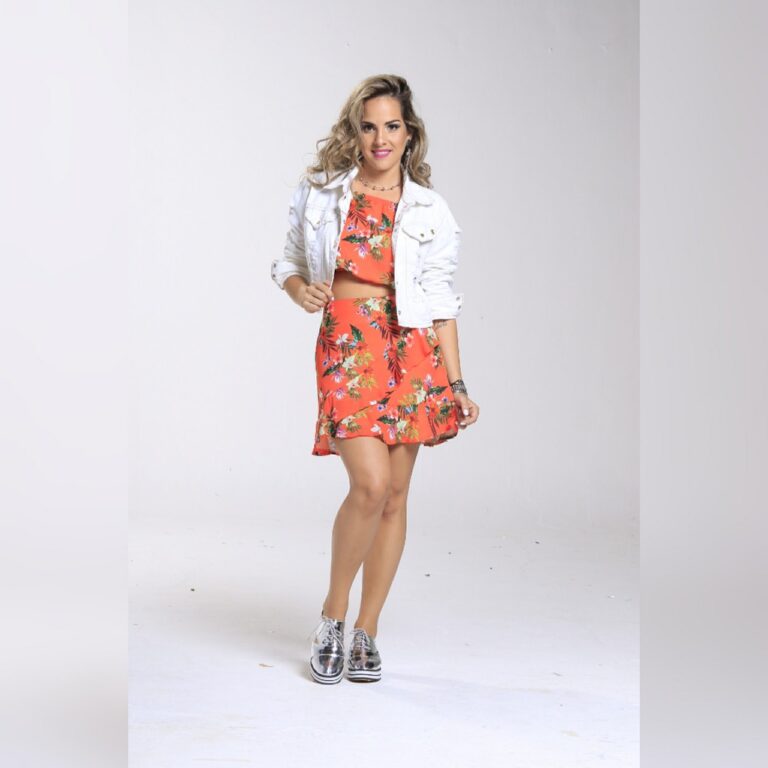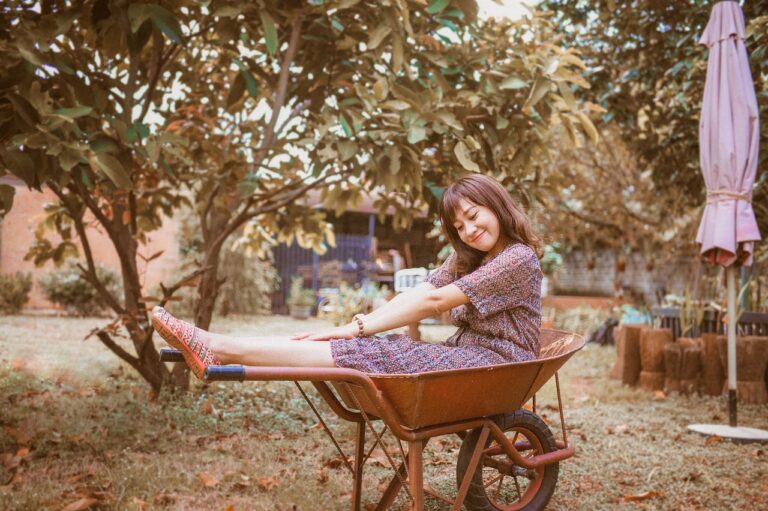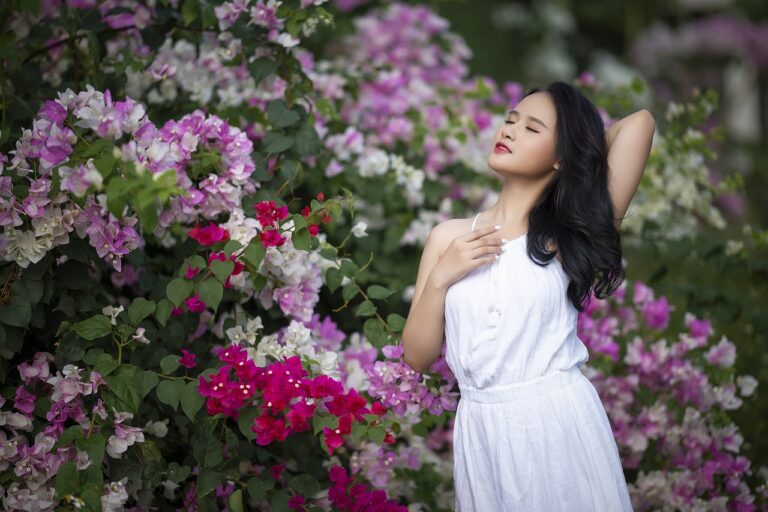Fashion in Literature: How Books Influence Style
Descriptive language has always played a significant role in shaping fashion trends within literature. Through intricate details and vivid imagery, authors have the ability to not only bring characters to life but also to inspire readers with their fashion choices. From the opulent ball gowns described in classic novels to the rebellious style of characters in contemporary literature, descriptive language creates a visual feast that lingers in the minds of readers long after the pages have been turned.
Authors carefully select their words to evoke emotions and transport readers to different eras and settings, ultimately influencing fashion trends both past and present. The way in which clothing and accessories are described can ignite readers’ imaginations, sparking a desire to emulate the styles they encounter in literature. Whether it’s the bohemian flair of a free-spirited protagonist or the polished elegance of a sophisticated heroine, descriptive language serves as a powerful conduit for translating fashion inspiration from the pages of a book to the runways and streets of the real world.
Exploring the Impact of Historical Fiction on Fashion Choices
Historical fiction has long been a source of inspiration for fashion choices. The vivid descriptions of clothing and accessories in these novels transport readers to different eras, sparking a renewed interest in vintage styles and historical fashion trends. From sweeping ball gowns to tailored suits, the detailed imagery in historical fiction novels ignites the imagination and influences contemporary fashion preferences.
Authors often meticulously research the clothing of a particular time period to accurately capture the essence of the era in their writing. As readers immerse themselves in these descriptions, they subconsciously absorb details about fabrics, silhouettes, and embellishments that resonate with their own sartorial sensibilities. This deep connection to the past through literature not only informs fashion choices but also adds an element of storytelling to personal style, creating a dynamic fusion of history and modernity.
Can historical fiction literature really influence fashion choices?
Yes, historical fiction literature can have a significant impact on fashion choices. The vivid descriptions of clothing and accessories in these novels can inspire readers to incorporate similar styles into their own wardrobes.
How does descriptive language in literature shape fashion trends?
Descriptive language in literature can paint a vivid picture of the clothing and accessories worn by characters, making these styles more appealing to readers. This can influence fashion trends as readers seek to emulate the looks they admire in these stories.
Are there any specific historical fiction novels that have had a notable impact on fashion trends?
Yes, there have been several historical fiction novels that have influenced fashion trends. For example, novels set in the 1920s, such as “The Great Gatsby,” have inspired a resurgence of 1920s fashion trends in recent years.
Can fashion trends from historical fiction novels be adapted for modern wear?
Absolutely! Fashion trends from historical fiction novels can be adapted for modern wear by incorporating elements of historical styles into contemporary outfits. This can give a unique and vintage-inspired touch to modern fashion choices.





